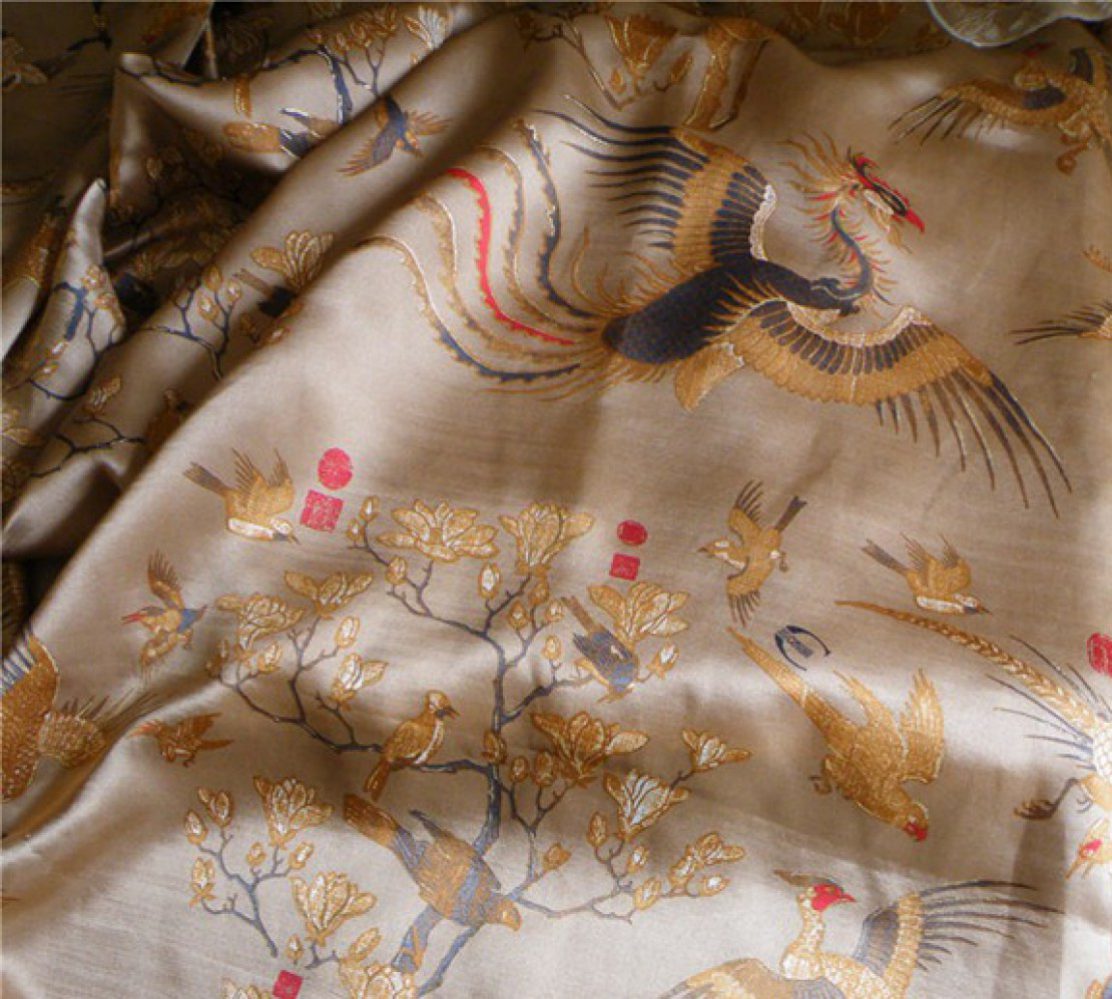Excuse #4: Verdict on the Instruction, continued
OMG, how could I have forgotten about this other very important key make-my-life-harder feature…
You may gather (haha) from my previous projects that I’m not much of a gatherer. But this project has miles of gathering to do.
 I do own one of those weird contraption called a ruffler foot. But given the type of garments I tend to sew I’ve never used it on a project before.
I do own one of those weird contraption called a ruffler foot. But given the type of garments I tend to sew I’ve never used it on a project before.
I thought I’d try it out. Unfortunately, it eats fabric for breakfast, lunch & dinner. I’m not sure if I got a defective unit or not – it was a cheap eBay model – but even at the least-gathering setting, 18″ of test fabric was promptly reduced to 5″ at best. What with the calculation hell I was already in with this project, I had to abandon this route. It does make some lovely gathers though…(see bottom sample in the photo below).
The other route I’ve read about is using overlocker’s differential feed to gather & sew at the same time. Way too advanced for me – the second part that is. I tried the first part on a sample. The result wasn’t spectacular (see top sample in the photo above). Maybe 2-thread overlock isn’t the right stitch to do overlocker gathering – the instruction did specify 4-thread overlock stitch. But I was worried about having too much thread built up as I was going to gather, attach, then overlock again.
In the end it was back to good old fashion route of pulled basting stitch. Which of course took ages. Urgh.
So here’s a question for all you Master Gatherers: What’s your secrets for expert gathering? Is this one for Patience or am I missing out on some Fast Track Insider Tips?
BTW, a couple more styling ideas for this skirt if I had one in my size… Biker Chic with a leather jacket … Or Senorita style like this clipping…
Lucky for my niece this skirt doesn’t fit me. Otherwise she might not be getting this in the post!




Same, I’ve always done it using two rows of machine stitching (longest stitch setting). My personal tiny development of this method is to make sure at least one end of these rows has long threads left at the beginning (or end) of sewing, which I wind around a pin in a figure eight. I then pull it up and secure with a pin+figure eight winding at the other end, even the gathers out and check it’s the right amount. The figure-eight winding is easily undone and re-done. OK on minor lengths, but in a tiered skirt of that nature it WOULD be very hard work. Lots of other sewists refer to using their ruffler, so I’m curious to read your other responses 🙂
Gathering shortcuts don’t work for me. I have to gather in sections, the hard way.
Well, I learned to sew on a Singer treadle with a gathering attachment, and since I was a fearless teen, tried to use it. But since then, I’ve done it the long way with basting stitches. Tiers and tiers of petticoats for girls’ twirly dresses over the years. Ah, well! Put on some good music and gather away! 🙂 BTW, I love that super ruffly short skirt in your pic. That’s something I’d wear!
Patience it is then! Would hate to think I’m missing some marvelous trick. But if everyone else is down with the toil, then I will stop moaning about it 🙂
That photo I think is of a french fashion editor. Love the look too, though wonder if I can carry off such poof with only average height of 5’4″. Are you tall?
I have never had much luck with gathering. For my wedding dress, I actually used the three lines of gathering stitches that so many sewing books recommend. It worked! But it is a lot of time and effort, which is why it is a mystery to me that so many first sewing projects are gathered skirts because they are definitely not easy!
Agree. But I suppose fitting is even harder than gathering for a lot of people. And most gathered skirts aren’t fitted, so in the grander scheme of things maybe it’s less frustrating overall for beginners.